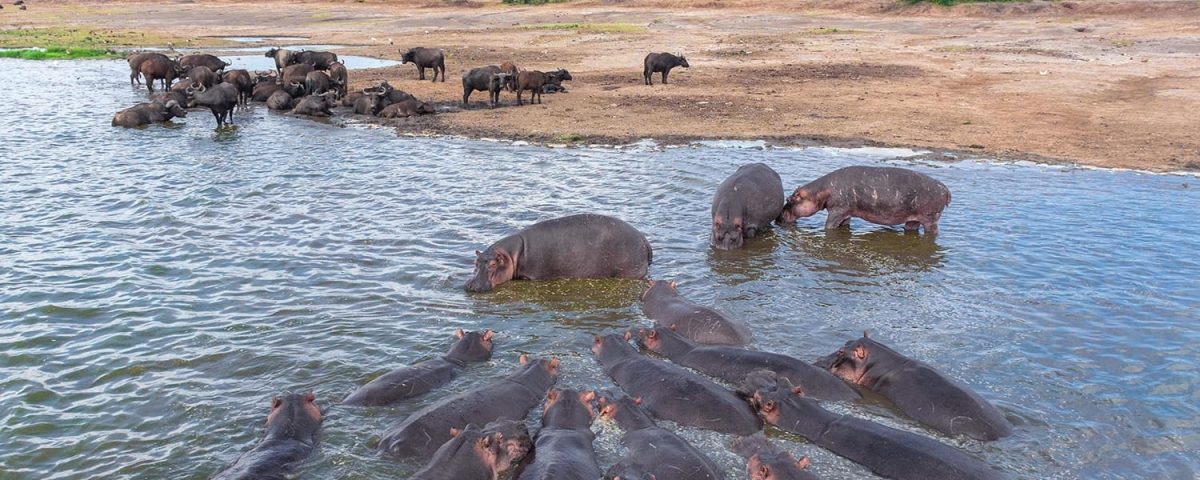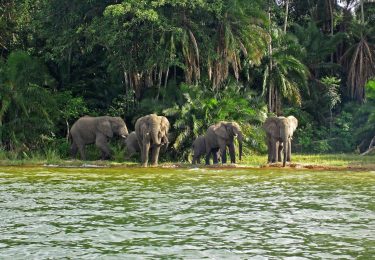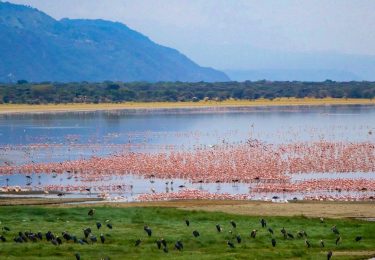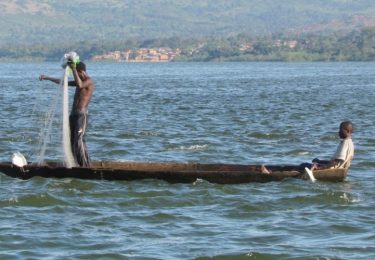- Home
- About Us
- Uganda safaris
- Long Safaris
- Short Safaris
- Day Short Safaris
- 1 Day Entebbe Botanical gardens weekend birding excursion
- I Day Entebbe City Tour
- 1 Day Jinja, Mabira, Ssezibwa Tour
- 1 Day Jinja Source of the Nile tour
- Lake Victoria Sunset Cruises
- 1 Day Kampala City Tour
- 1 Day Mabamba Shoebill Stork And Birding Tour
- 1 Day Makanaga Shoebill And Birding Trip
- 1 Day Ngamba Island Boat And Chimpanzee Excursion
- Other Tours
- Gorilla Safaris
- Uganda Gorilla safaris
- 4 Days Mgahinga Bwindi gorilla and golden monkey trekking safari
- 3 Days Mgahinga Gorilla trekking safari
- 5 Days Mgahinga Gorillas, Golden Monkey And Lake Bunyonyi Tour
- 5 Days Gorillas And Wildlife, L.Mburo, Bwindi and L. Bunyonyi
- 8 Days Wildlife, Gorillas, Golden Monkeys Trip
- 8 Days Gorillas Chimpanzee and wildlife Trekking Tour
- 9 Days Kidepo Valley National park and Bwindi Gorilla Safari. Wildlife and gorillas
- 11 Days Gorilla And Chimpanzee Tracking and wildlife Safari
- Rwanda Gorilla Safaris
- Uganda Gorilla safaris
- National Parks
- Kidepo Safaris
- Queen Elizabath Safaris
- Lake Mburo Safaris
- Mgahinga
- Mgahinga Gorilla National Park
- 3 Days Mgahinga Gorilla trekking safari
- 4 Days Mgahinga Bwindi gorilla and golden monkey trekking safari
- 5 Days Rwand-Uganda Gorilla, Golden Monkey trekking trip
- 5 Days Mgahinga Gorillas, Golden Monkey And Lake Bunyonyi Tour
- 8 Days Wildlife, Gorillas, Golden Monkeys Trip
- Our Blog
- Other Safaris
- Home
- About Us
- Uganda safaris
- Long Safaris
- Short Safaris
- Day Short Safaris
- 1 Day Entebbe Botanical gardens weekend birding excursion
- I Day Entebbe City Tour
- 1 Day Jinja, Mabira, Ssezibwa Tour
- 1 Day Jinja Source of the Nile tour
- Lake Victoria Sunset Cruises
- 1 Day Kampala City Tour
- 1 Day Mabamba Shoebill Stork And Birding Tour
- 1 Day Makanaga Shoebill And Birding Trip
- 1 Day Ngamba Island Boat And Chimpanzee Excursion
- Other Tours
- Gorilla Safaris
- Uganda Gorilla safaris
- 4 Days Mgahinga Bwindi gorilla and golden monkey trekking safari
- 3 Days Mgahinga Gorilla trekking safari
- 5 Days Mgahinga Gorillas, Golden Monkey And Lake Bunyonyi Tour
- 5 Days Gorillas And Wildlife, L.Mburo, Bwindi and L. Bunyonyi
- 8 Days Wildlife, Gorillas, Golden Monkeys Trip
- 8 Days Gorillas Chimpanzee and wildlife Trekking Tour
- 9 Days Kidepo Valley National park and Bwindi Gorilla Safari. Wildlife and gorillas
- 11 Days Gorilla And Chimpanzee Tracking and wildlife Safari
- Rwanda Gorilla Safaris
- Uganda Gorilla safaris
- National Parks
- Kidepo Safaris
- Queen Elizabath Safaris
- Lake Mburo Safaris
- Mgahinga
- Mgahinga Gorilla National Park
- 3 Days Mgahinga Gorilla trekking safari
- 4 Days Mgahinga Bwindi gorilla and golden monkey trekking safari
- 5 Days Rwand-Uganda Gorilla, Golden Monkey trekking trip
- 5 Days Mgahinga Gorillas, Golden Monkey And Lake Bunyonyi Tour
- 8 Days Wildlife, Gorillas, Golden Monkeys Trip
- Our Blog
- Other Safaris
LAKE EDWARD

MOUNT ELGON NATIONAL PARK
January 23, 2024
BIGO BYA MUGENYI
August 8, 2024Lake Edward, also referred to as Lake Rutanzige or Edward Nyanza, is one of the smallest yet most breathtaking African Great Lakes. Nestled in the Albertine Rift, the western branch of the East African Rift, this majestic lake straddles the border between the Democratic Republic of Congo (DRC) and Uganda. Its northern shore lies just a few kilometers south of the Equator, imbuing the region with a unique blend of geographical and ecological significance. As a stunning centerpiece of Queen Elizabeth National Park, Lake Edward adds to the park’s already remarkable beauty, attracting visitors from around the world with its crystal-clear waters, picturesque shoreline, and diverse aquatic life. The lake’s serene atmosphere and surrounding landscape make it an ideal destination for nature lovers, photographers, and those seeking an unforgettable African experience.
Lake Edward and its neighboring Lake George are believed to have once formed a single, vast lake in the distant past. However, the region’s volcanic history intervened, reshaping the landscape and dividing the two lakes. Lava flows from the nearby Nyamuragira and Maya-ya-Moto volcanoes poured into the area, creating a natural barrier that separated the lakes. This geological event left behind a narrow waterway, the Kazinga Channel, which now connects Lake Edward and Lake George. This channel serves as a vital conduit for water and aquatic life between the two lakes, creating a unique and fascinating ecosystem. The shared history and ongoing connection between Lake Edward and Lake George make them an intriguing subject for study and exploration, offering insights into the region’s complex geological and ecological evolution.
Lake Edward is situated in the Kasese district of western Uganda, straddling the border with the Democratic Republic of Congo. The lake’s surface area is shared between the two countries, with Uganda accounting for approximately 29% (around 673 square kilometers) and the Democratic Republic of Congo covering about 71% (around 1652 square kilometers). With a total surface area of approximately 2325 square kilometers, Lake Edward lies at an elevation of 920 meters above sea level. Notably, the lake is relatively shallow, with its deepest point located near the western shore, adjacent to the escarpment. This unique geography and bathymetry support a diverse range of aquatic life and ecosystems, making Lake Edward a fascinating subject for scientific study and exploration.
Lake Edward boasts an impressive array of physical characteristics, including an average water volume of approximately 39.5 billion cubic meters. Its maximum depth reaches 112 meters, while its length and width stretch up to 77 kilometers and 40 kilometers, respectively, at their maximum points. The lake’s main inflows are numerous, including the rivers Ntungwe, Ishasha, Rutshuru, Nyamugasani, Rwindi, and Lubilia, which collectively contribute to its water volume. Notably, the primary inlet to Lake Edward is the Semliki River, supplemented by the Kazinga Channel, which connects the lake to Lake George to the northeast. The lake’s western shore is flanked by the towering western escarpment of the rift valley, rising dramatically to over 2,000 meters above sea level. In contrast, the southern and eastern lakeshores are characterized by a relatively flat lava plain. One of the lake’s most striking features is the breathtaking view of Mount Rwenzori, visible from 20 kilometers north of the lake, offering a spectacular panorama of this iconic mountain range.
Lake Edward was first discovered by European explorer Henry Morton Stanley in 1888, during the Emin Pasha Relief Expedition. In honor of the then-Prince of Wales, Albert Edward, the son of British monarch Queen Victoria, Stanley named the lake after him. This naming convention was a common practice during the colonial era, where geographical features were often named after prominent figures or monarchs. Later, during the regime of Ugandan President Idi Amin Dada, the lake was briefly renamed Lake Idi Amin Dada, reflecting the president’s desire to leave his mark on the country’s geography. However, this name change was short-lived, as the downfall of Idi Amin’s government in Uganda led to a reversion to the lake’s original name, Lake Edward, in recognition of its historical significance and connection to the British monarchy.
The majestic Lake Edward offers a breathtaking panorama of its surroundings, with the montane woodlands of the Albertine Rift region visible from its shores. The lake is nestled within a unique ecosystem, bordered by the renowned Virunga National Park in the Democratic Republic of Congo to the west. To the north, the Semliki River valley game reserve adds to the lake’s natural beauty, while the northeastern shores are characterized by extensive swamps, including those of the Rutshuru, Rwindi, and Ishasha rivers. This diverse array of habitats supports a wide range of flora and fauna, making the Lake Edward region a haven for nature lovers, birdwatchers, and those seeking an unforgettable African wilderness experience.
Lake Edward, like its neighboring Lake George, has been designated as a Ramsar site, recognizing the vital importance of its wetland habitat. The lake’s waters are home to a diverse array of fish species, including the Nile tilapia, Bugrass docmark, Oreo chromil, Leocosticus, Haplochromine, Haplochromis, and the Blue-spotted tilapia, making it a fisherman’s paradise. Fishing is a crucial economic activity in the region, providing a livelihood for local residents. The bustling Vitshumbi market is the largest of the local fishing markets, where fresh catches are sold daily. Interestingly, the lake’s shores are largely uninhabited, as the waters have gradually encroached upon the surrounding land, reclaiming what were once dry areas. The exception is the Isango community, situated on the northern shore of the lake in the Democratic Republic of Congo, which remains a thriving settlement despite the lake’s expansion.
The shores of Lake Edward offer a visual feast, with the majestic snow-capped Rwenzori Mountains, also known as the “Mountains of the Moon”, providing a breathtaking backdrop. As the lake adjoins the open savannah grasslands of Queen Elizabeth National Park, visitors are treated to a stunning contrast of landscapes, with the lake’s tranquil waters meeting the endless plains of the park. The lake’s banks are home to a diverse array of wildlife, including buffaloes, elephants, crocodiles, hippos, and chimpanzees, making it a haven for nature lovers and wildlife enthusiasts. The skies above and the grounds surrounding the lake are a birdwatcher’s paradise, with a vast variety of migratory and resident bird species on display, adding to the area’s natural beauty and allure.
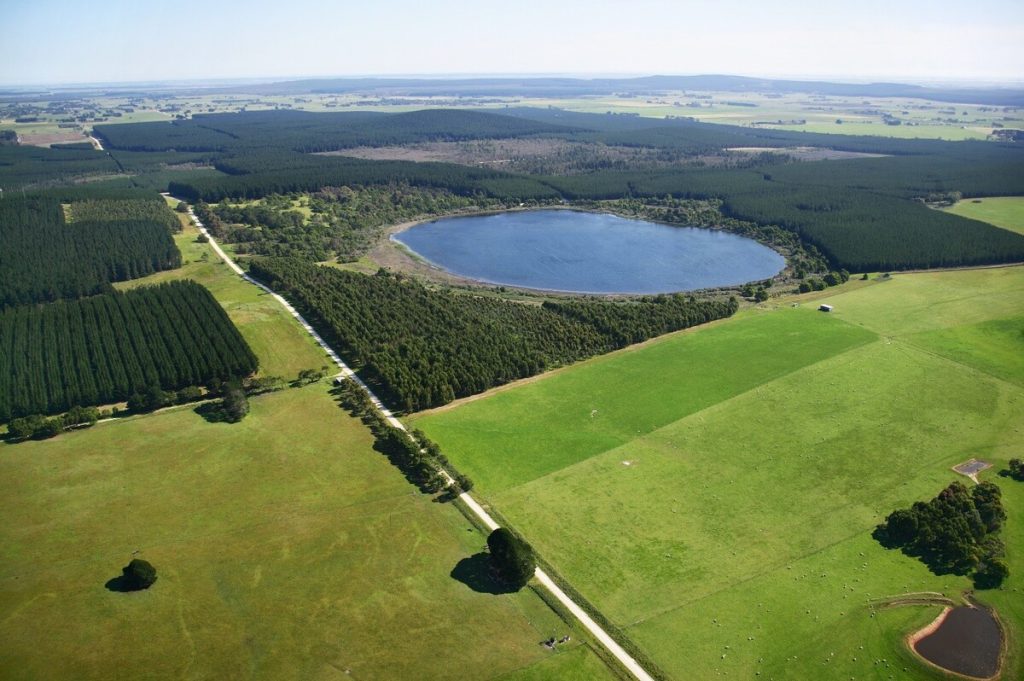 ACTIVITIES DONE IN AND AROUND LAKE EDWARD
ACTIVITIES DONE IN AND AROUND LAKE EDWARD
Fishing
Fishing is a thriving activity around Lake Edward, thanks to its abundant fish populations, including the prized Nile tilapia, Bugrass docmark, Oreo chromil, Leocosticus, Haplochromine, and many more. Visitors can experience the thrill of fishing firsthand by joining a local guide at one of the lake’s designated fishing sites. Not only will you have the opportunity to catch some of the lake’s famous fish species, but you’ll also gain insight into the traditional methods of preserving fish, a crucial aspect of the local community’s livelihood. Whether you’re an avid angler or simply looking for a unique cultural experience, fishing on Lake Edward promises to be a memorable adventure.
Birding
Lake Edward is a birdwatcher’s paradise, renowned as one of the premier birding spots within Queen Elizabeth National Park. The lake’s diverse avifauna is a major draw, with a wide range of species to spot, including the majestic goliath herons, saddle-billed storks, marabou storks, little egret, great cormorants, African white-backed vultures, Ruppel’s griffon vultures, pelicans, fish eagles, ibis, Egyptian geese, nightjars, and many more. The lake’s unique blend of aquatic and savannah habitats creates a perfect environment for an incredible variety of birdlife, making it a must-visit destination for ornithologists and nature enthusiasts alike. With its stunning scenery and abundant birdlife, Lake Edward offers a truly unforgettable birding experience.
Guided nature walks
Embark on a guided nature walk along the shores of Lake Edward and its surrounding swampy wetlands, offering a unique opportunity to get up-close and personal with the region’s incredible wildlife. As you stroll through the lush vegetation, keep a lookout for hippos, elephants, and buffaloes, which call this habitat home. The wetlands are also a haven for bird enthusiasts, with the chance to spot vibrant kingfishers and lesser flamingos, among other species. With expert guides leading the way, these nature walks provide a fascinating insight into the ecosystem and its inhabitants, allowing you to connect with nature in a truly immersive experience. Take in the sights, sounds, and scents of this breathtaking environment, creating memories that will last a lifetime.
Canoeing
Canoeing on Lake Edward is a serene and peaceful experience, perfect for those seeking a relaxing adventure. The lake’s calm waters provide a tranquil setting, allowing tourists to unwind and connect with nature. As you paddle across the lake, keep an eye out for the diverse array of bird species and animals that inhabit the area, including hippos, elephants, and buffaloes. The canoeing experience offers a unique perspective on the lake’s ecosystem, allowing you to witness the beauty of the surrounding landscape and wildlife up close. Take in the stunning views of the lake’s shores, dotted with lush vegetation and vibrant flora, and enjoy the warm sunshine on your skin. Whether you’re looking for relaxation, adventure, or simply a chance to connect with nature, canoeing on Lake Edward is an unforgettable experience.


